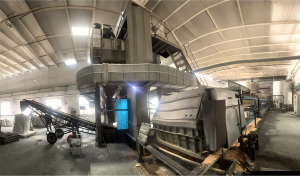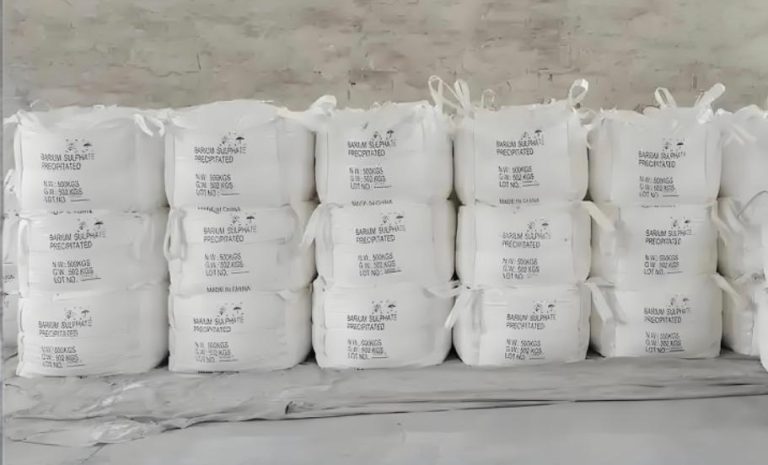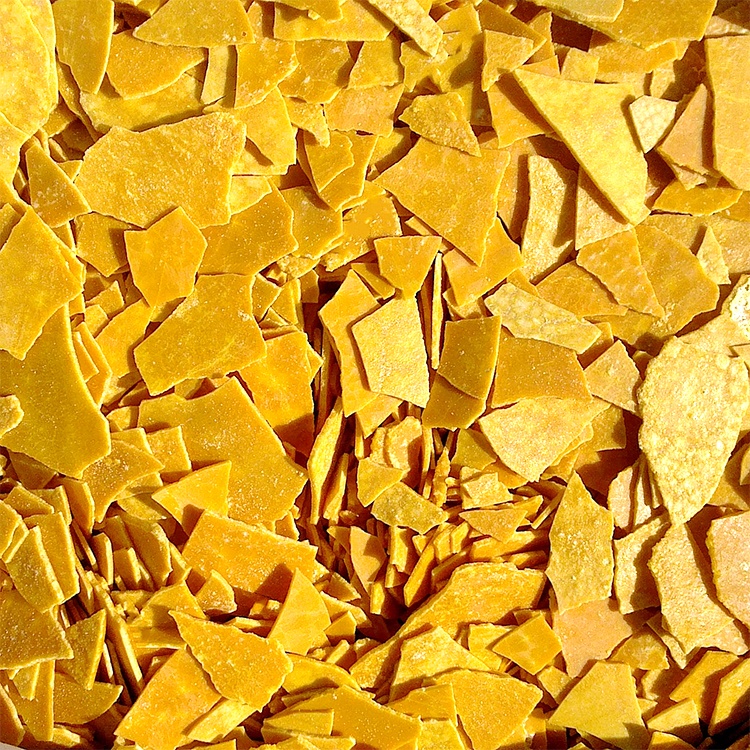Its core mechanism is releasing S²⁻ and HS⁻ ions into the pulp, which react with metal cations (Cu²⁺, Pb²⁺, Zn²⁺) on the surface of oxide ores (e.g., malachite, azurite, cerussite, smithsonite) to form a dense, stable sulfide film (e.g., CuS, PbS, ZnS) in situ. This film changes the ore’s surface property from hydrophilic to hydrophobic, providing specific adsorption sites for xanthate and dithiocarbamate collectors, enabling effective separation of oxide ores from gangue.
Typical Case: Copper Oxide Ore Flotation
A high-oxidation copper oxide ore has a Cu oxidation rate of 98.49% and a raw ore Cu grade of 3.98%, mainly composed of malachite (72%), azurite (23%), and gangue (quartz, kaolin, >85%). Targeting its “high oxidation, low grade, high gangue content” characteristics, a synergistic activation scheme of sodium sulfide and ammonium sulfate is adopted. Ammonium sulfate adjusts pulp pH to 6.5-7.0 to reduce sodium sulfide hydrolysis, with sodium sulfide’s optimal dosage controlled at 800g/t. Combined with isoamyl xanthate (120g/t, main collector) and benzohydroxamic acid (60g/t, auxiliary collector for fine particles), the “one roughing, one cleaning, two scavenging” process yields high-quality copper concentrate with Cu grade 27.07% and recovery 86.38%. Compared with blank tests without sodium sulfide, recovery increases by 42.1 percentage points and grade by 23.09 percentage points, meeting the smelting requirement (Cu grade ≥25%).

Special Case: High-Slime High-Oxidation Copper Ore
A Chinese copper oxide ore has a Cu oxidation rate of 89.7%, raw ore Cu grade of 2.86%, and -0.074mm slime content of 28.3% (montmorillonite, illite). The slime’s strong adsorption wraps mineral particles and consumes reagents, leading to poor traditional fatty acid flotation results (Cu recovery 53.2%, concentrate grade <18%, and sticky foam). The “pre-desliming + staged sulfidizing flotation” process is used: spiral classifier removes 65% of -0.010mm slime, and sodium sulfide is added in stages with a high dosage of 6100g/t (offsetting slime adsorption and ensuring sufficient sulfide film formation). The final concentrate achieves Cu grade 24.15% and recovery 78.6%, increasing recovery by 25.4 percentage points and grade by 6.15 percentage points compared with traditional methods. Foam stability and filtration efficiency are improved by 30%, reducing flotation costs per ton of ore.

Key Feature: Precise Dosage Control
Sodium sulfide dosage is critical for flotation success, requiring dynamic adjustment based on ore oxidation rate, slime content, and pulp pH. Excess dosage turns it from an activator to an inhibitor: excessive S²⁻ forms an overly thick sulfide film or soluble complexes, reducing hydrophobicity and competing with collectors for adsorption sites. Test data shows that for the above ore, when sodium sulfide exceeds 1000g/t, Cu recovery drops from the peak 86.38% to 73.9% at 1200g/t (a 12.48-percentage-point decrease), and grade falls to 22.35%. Insufficient dosage (<600g/t) results in incomplete sulfidation and only 68.7% Cu recovery.





